Ever walked into a room that feels heavy and stagnant, like the air hasn’t moved? This often comes down to one overlooked detail: “air circulation in a room”. Proper airflow doesn’t just freshen up your place, it helps reduce indoor pollutants, balance humidity and create a more breathable environment. The good news is that you don’t need a big renovation, a few smart changes can make a big difference. In this blog, we’ll guide you to 10 practical tips to help improve your air circulation and create a healthier and more inviting home.
Apartments, especially in busy cities, often feel boxed in with windows that barely open, limited airflow, and rooms that hold yesterday’s air. Good air circulation not only cools things down but also keeps your place fresh and livable. When air moves freely, it helps to clear out indoor pollutants, stale odour and excessive moisture. All of which can be held in a closed environment.
Better air circulation in building rooms supports breathing freely without suffocation and increases sharper focus. It’s like a positive energy rushed into your room. The goal is to keep the air moving, so every breeze counts! Whether it’s from fans, open windows or vents, your home feels not just clean but also alive, and so do you. It’s a win-win!
Closed rooms can easily become stagnant, trapping heat, moisture and odour that make the place uncomfortable to stay. Ever wondered how to circulate air in a closed room? A few adjustments can encourage better airflow. Below are the 10 effective ways to increase air circulation.
Fans are one of the simplest and effective tools to boost airflow in rooms. Consider using an air circulator ceiling fan designed not just to cool, but to keep air moving throughout the room. These fans create a steady breeze, making your space feel fresher and more balanced.
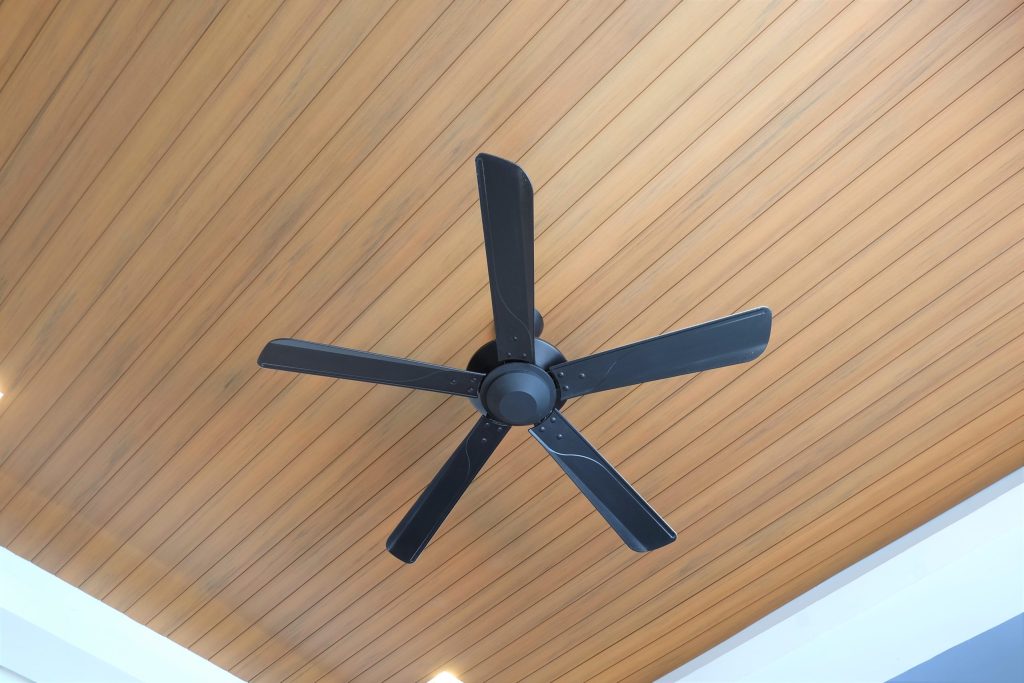
Leaving the interior door open is a simple way that can make a difference in how to increase air circulation in room and throughout your home. As you know, closed-door traps air, especially in rooms without windows or proper ventilation. By keeping the door ajar, you allow air to move more freely between spaces. It’s an easy fix that costs nothing but creates a noticeable shift in freshness.
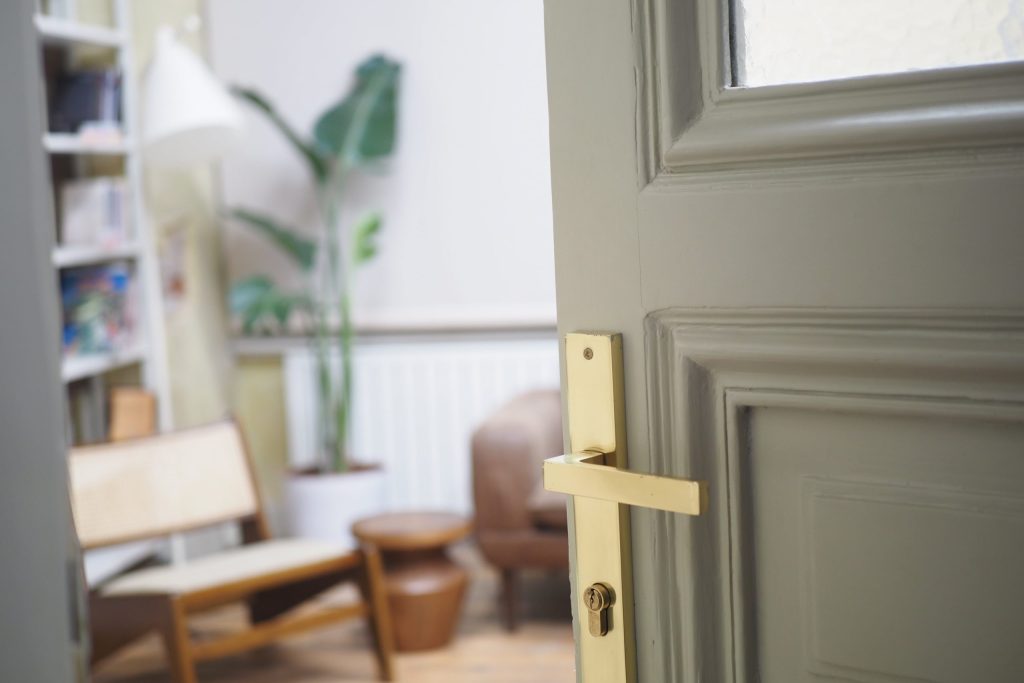
If your room has windows or openings on opposite walls, you have the perfect cross ventilation, one of the natural ways to keep air flowing. By opening windows or vents on both sides, you create a path for air to enter and exit the space. Even its gentle breeze, the steady movement helps to refresh the entire space. In rooms without direct access to multiple windows, you can mimic cross ventilation by using a fan to pull air from one direction to push out the other way.
Exhaust fans aren’t just for bathrooms and kitchens; they are a powerful tool in improving air circulation in a room. These fans work by pulling air out of space and allowing cleaner air to take its place. If you’ve an existing exhaust fan, make sure it’s clean and functioning well. For rooms without one, consider installing a small wall-mounted or window exhaust fan to help remove trapped air.
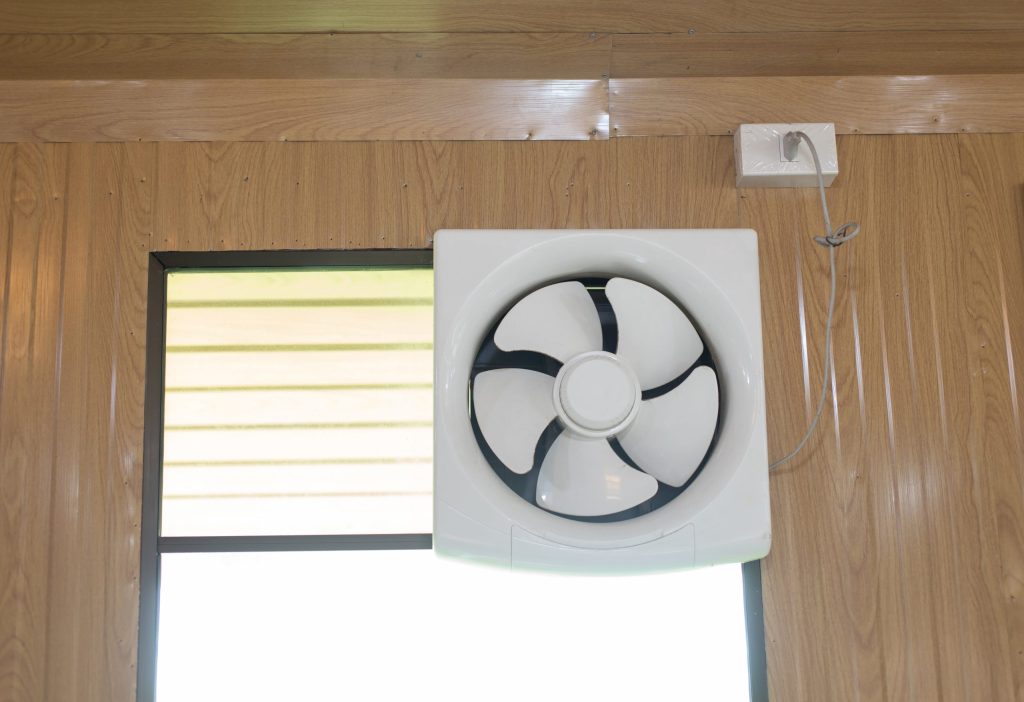
How to create air circulation in a room? When natural airflow isn’t just cutting it, mechanical solutions like air circulators or ventilation boosters can make a difference. Unlike regular fans, air circulators are designed to move air throughout the entire room, not just in one direction. It eliminates stagnant pockets and keeps the atmosphere fresh. On the other hand, ventilation boosters can be added to existing ducts or vents to enhance airflow in rooms that feel stuffy. These tools are useful in closed rooms or interior spaces without windows, giving your home a much-needed breath of fresh air.
Wondering how to circulate air in a room? Clogged vents and dirty filters can slow down airflow, making the best ventilation efforts less effective. Whether you’re using an air conditioner, portable unit or an air circulator, it’s essential to keep all components clean and well-maintained. Dust and debris can block airflow and reduce the efficiency of the system. Make it a habit to clean or replace regularly.
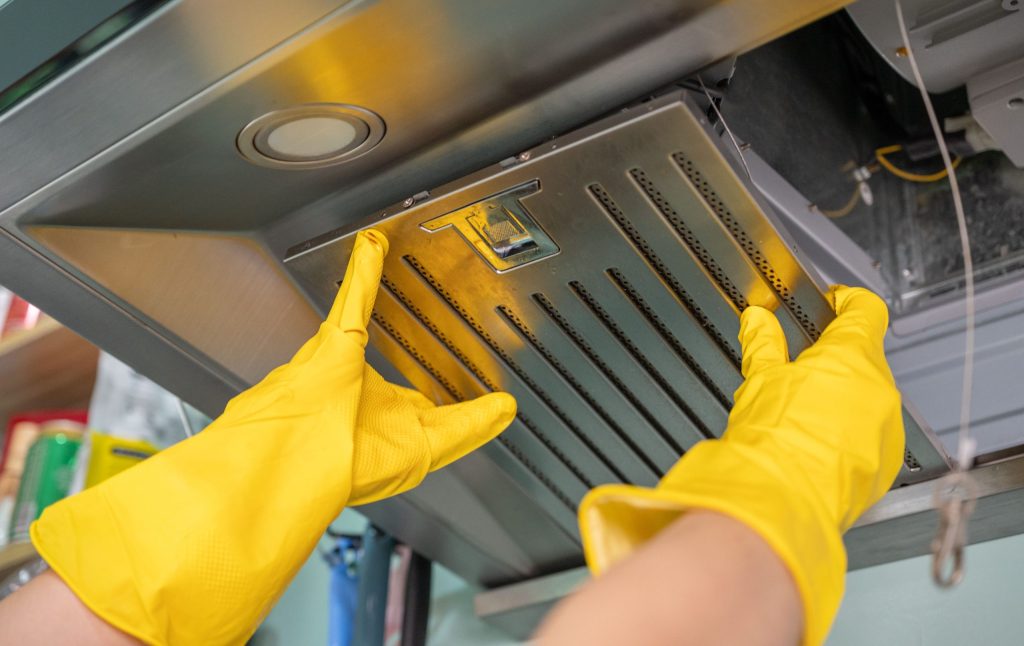
The key lies in understanding how to get better airflow in bedroom, and one of the simplest ways is just opening the windows during the daytime. Letting outdoor air enter your room flushes out the indoor air and reduces moisture. It’s like negative energy gets replaced by positive energy. Even in cooler seasons, keeping the window ajar for a few minutes can improve air circulation in a room.

Plants do more than just decorate your room, they can support better air quality. Certain indoor plants can regulate humidity and filter out pollutants, contributing to a fresher environment. Their presence subtly encourages air refreshing, especially when paired with natural light and soft breeze. Try out indoor plants such as peace lilies, snake plants, and spider plants to bring beauty as well as fresh, rejuvenating air into your room.
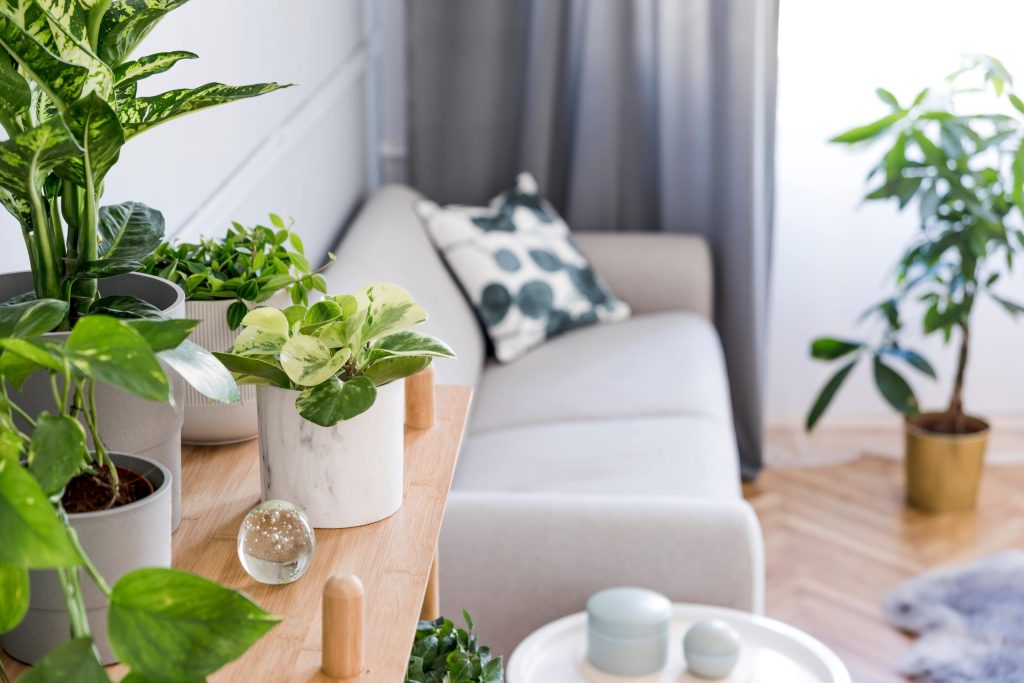
Heavy curtains, thick upholstery and dense textiles can block airflow and trap heat. Swapping them out for light breathable fabrics like cotton or linen can make a subtle but noticeable difference. Sheer curtains allow air to pass through more easily, while lightweight cushions and beddings help your space feel more open. These simple swaps support better air circulation and create a light atmosphere that’s perfect for relaxing.
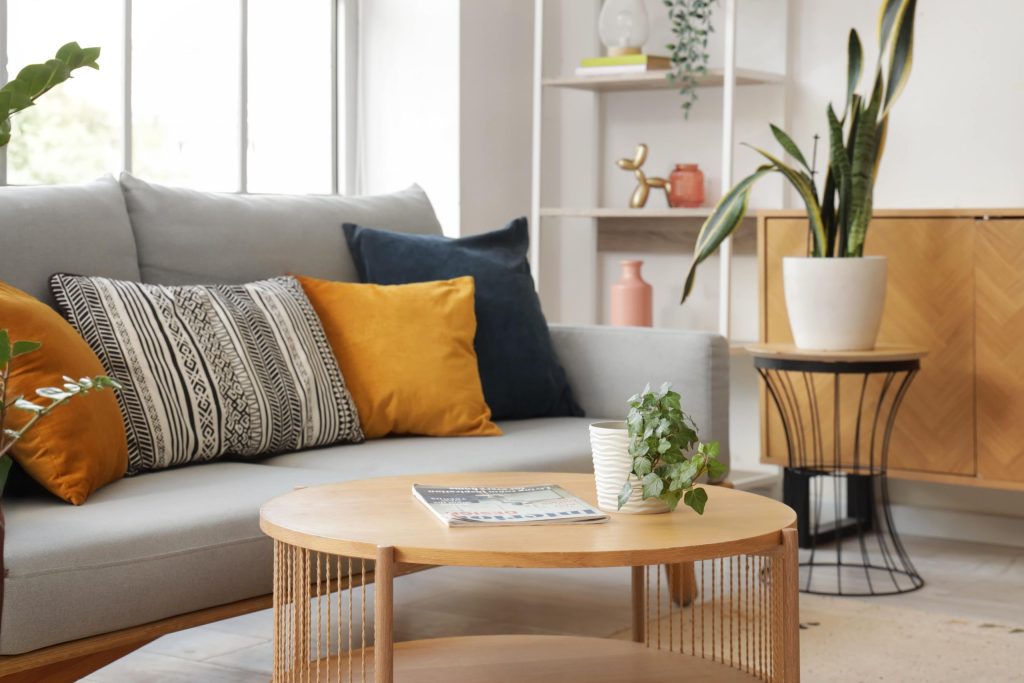
Air purifiers play a crucial role despite not directly moving air around. By removing dust, dirt and other airborne particles, it helps create a healthier environment, especially in the least air-circulated rooms. Pairing an air purifier with good airflow ensures that the air you’re breathing is not only fresh but also cleaner, and makes your apartment smell good. It’s a smart addition for anyone seeking to boost indoor air quality and maintain a healthier, more comfortable home.
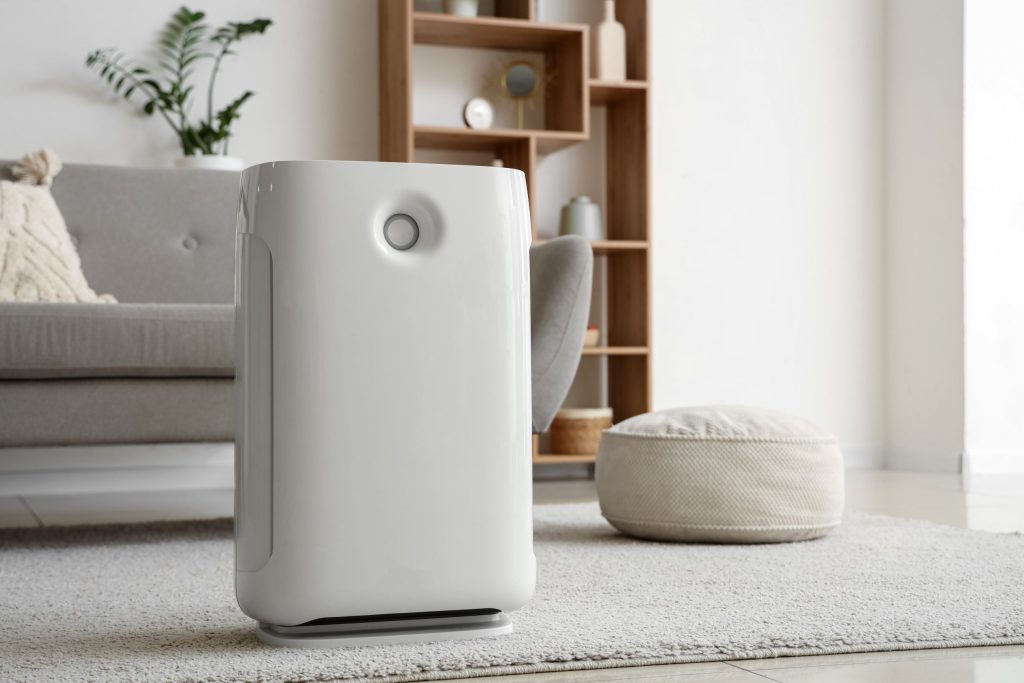
If you’re living in a room without windows or access to natural ventilation, you can feel stuffy and claustrophobic at times. However, there are practical and creative ways to freshen up the air and make your environment more comfortable. Start by investing in a good-quality fan, such as a box fan or an oscillating fan. Position it strategically to create airflow patterns that push stale air out and pull fresh air in from adjoining rooms or vents.
Pairing fans with an air purifier can also help remove dust, allergens and odours, making the air much cleaner. If you’re wondering how to circulate air in a room without window access, it really comes down to layering some solutions, such as fans, purifiers, open doors and ventilation to help flow the fresh air. With the right tool and a little effort, even a windowless room can be turned into a breathable and refreshed space.
Improving air circulation in a room isn’t just about comfort, it’s about creating a healthier and breathable space for you and your loved ones. From using fans and purifiers to cleaning and indoor plants, the tips we’ve shared are easy to apply and make a real difference in indoor air quality. Good airflow not only improves physical health but also boosts mood, sleep quality, and overall well-being.
That’s why Confident Group places a strong emphasis on smart design and ventilation in every apartment. Our homes are meticulously designed with spacious layouts, ample cross ventilation, and strategically placed windows to enhance air circulation. Whether you’re enjoying indoors or entertaining guests, our apartments offer a living space where you feel comfortable and breathe fresh air every day.
1. How to circulate air in a room?
To circulate air in a room, use fans to create airflow, open windows and doors when possible, and keep vents and pathways clear.
2. How do you get airflow in a closed room?
To get airflow in a closed room, use fans to create circulation, keep interior doors open to connect with ventilated areas, and consider using an air purifier to refresh the air.
3. Is lack of airflow in a room bad?
Yes, lack of airflow in room is bad for health and comfort. It leads to excess humidity, indoor pollutants and stale air, which causes allergies, suffocation, and headaches.
4. How to know if a room has poor air circulation?
You can tell a room has poor air circulation by stale air, damp, lingering odour and dust buildup. These are the common signs of insufficient airflow.

Ever heard of row houses? They are identical low-rise homes built side-by-side in a row. Each is a single residential unit with its own living space and entrance. This design dates back to 1...

Understanding the difference between warm light vs cool light is key to designing a comfortable, visually appealing home. Many homeowners wonder, “What is cool light and warm light?”, es...
Comments